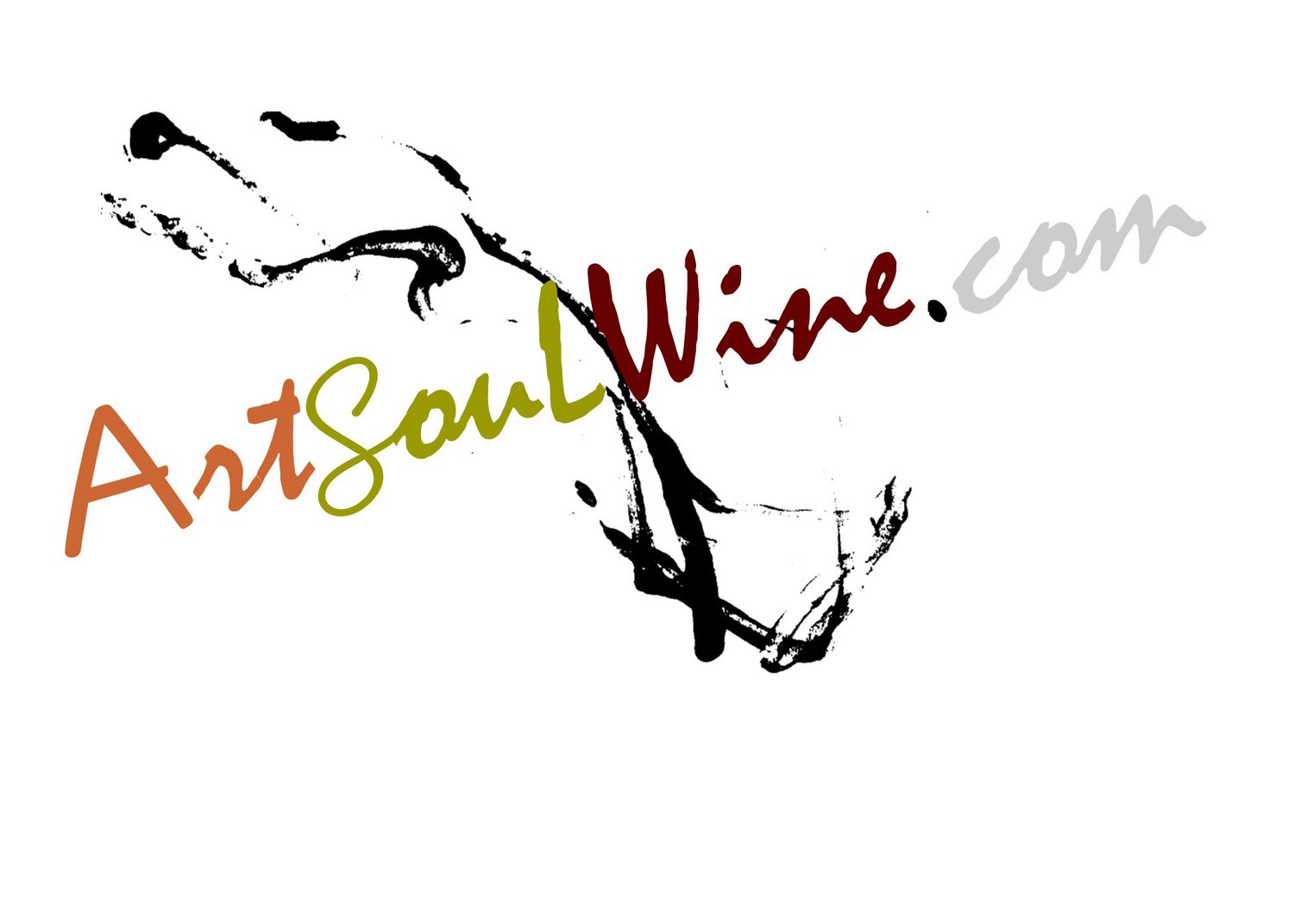Wine Pick of the Week: November 12, 2015
/Justin Vineyards & Winery 2012 Cabernet Sauvignon (California)
Continuing with the Paso Robles tour, I tasted this Justin Cab and found it much fruitier than I expected. Justin Vineyards and Winery has been in Paso since 1981 and pattern their wines after the Bordeaux style. Justin was recently named Wine Enthusiast Magazine’s 2015 Winery of the Year.
This Cabernet is a dark ruby color with just a tinge of brown. The nose is full of cherry fruit, then wood and leather.
The first taste is cherry, then spice—black pepperish—which transitions to leather and finishes with coffee and cherry and is slightly dry. As mentioned, the wine is a little lighter-bodied and fruitier than some of the Bordeaux Cabs, which might be attributed to the Paso microclimates.
It’s a wine that you can sip or would be a good partner for a juicy beef burger with bleu cheese. It would also be good with beef tips in a wine sauce or chopped sirloin. I don’t think it’s full-bodied enough to stand up to heavier meats.
Next week, a Paso Robles Malbec.


























